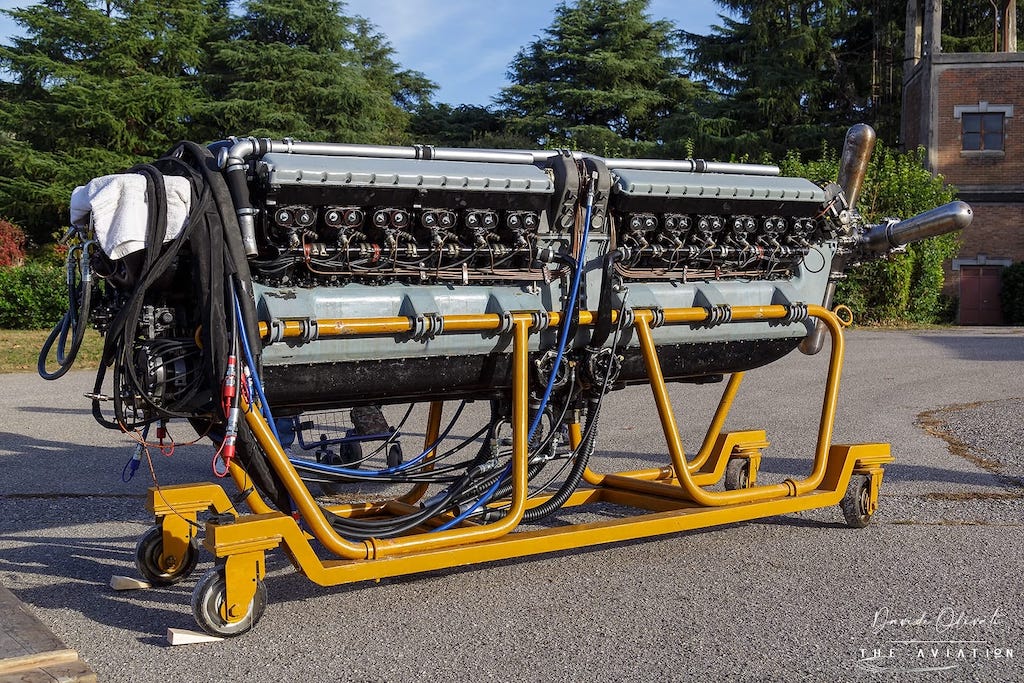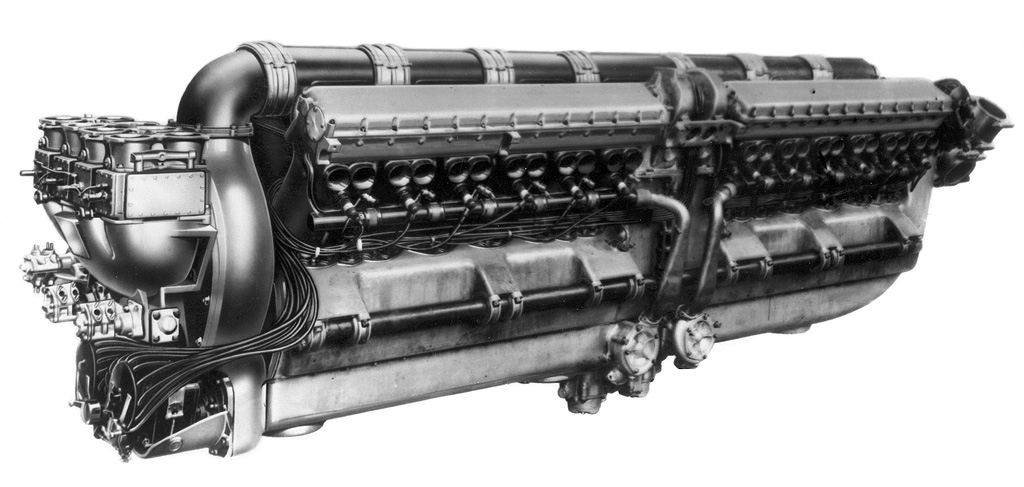This weekend, a museum fired up a newly restored Fiat V24 aero engine for the first time.
"This massive, V-24 engine powered the legendary Macchi Castoldi M.C.72 seaplane on its world absolute speed record flight (440.681 mph) of October 23, 1934"
The end of the article has a link to the video. The first part of the video shows them starting the engine at night. It has no exhaust headers so you can see the flames emerging from the cylinders. (the second part of the video in the daytime is less exciting)
"This massive, V-24 engine powered the legendary Macchi Castoldi M.C.72 seaplane on its world absolute speed record flight (440.681 mph) of October 23, 1934"
The end of the article has a link to the video. The first part of the video shows them starting the engine at night. It has no exhaust headers so you can see the flames emerging from the cylinders. (the second part of the video in the daytime is less exciting)




